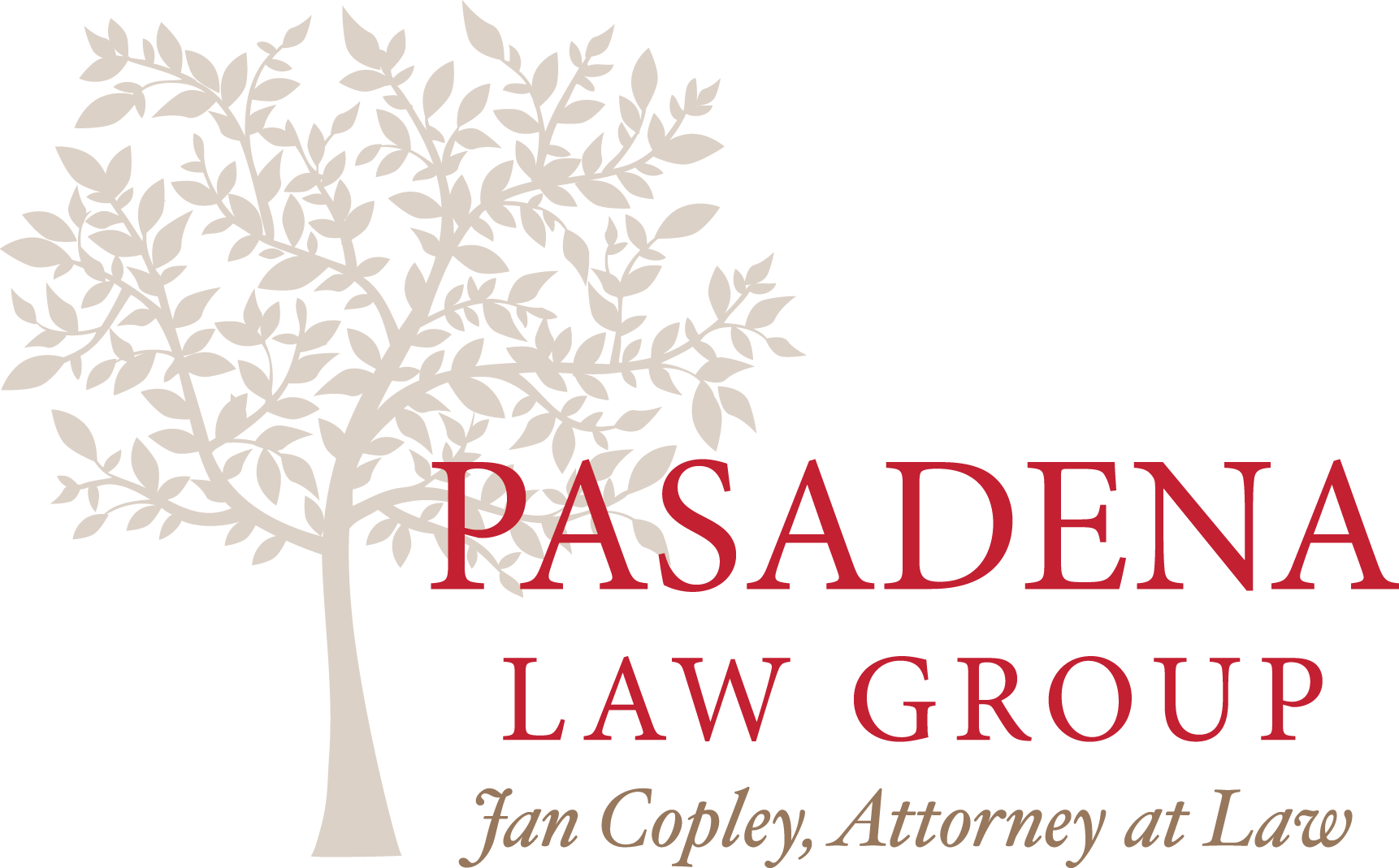Heirs named in your estate plan may be eligible to receive distributions of assets after your appointed personal representative or executor has created an inventory and paid down any debts or taxes. Before making any distributions, it is the executor’s responsibility to verify that they have taken care of all of the other details in the estate and created an overall estate settlement plan.
The estate settlement plan addresses things like how the executor intends to resolve debts, which assets will likely be sold and which assets are planned to be distributed directly. Finally, this will include which heirs named in the estate or entitled to receive assets in the estate under intestate succession laws will receive which assets. The goal is to resolve all debts for an appointed executor and to allocate 100% of any remaining value of the estate to heirs. The easiest way to do this is:
- Define distributions for assets over which there is no control, such as life insurance policies and 401(k)s.
- Define distributions for any entitlements in the family.
- Define distributions for a specific bequest.
- Prepare for debt resolution.
- Plan the remainder of asset disposition, such as marking them for distribution or sale.
- Allocating distributions.
If you are thinking about appointing someone to serve in the role of estate executor, make sure that you fully understand this responsibility and that this person is the right party to serve in this role. Set aside time to speak with a dedicated and knowledgeable attorney about your questions.










